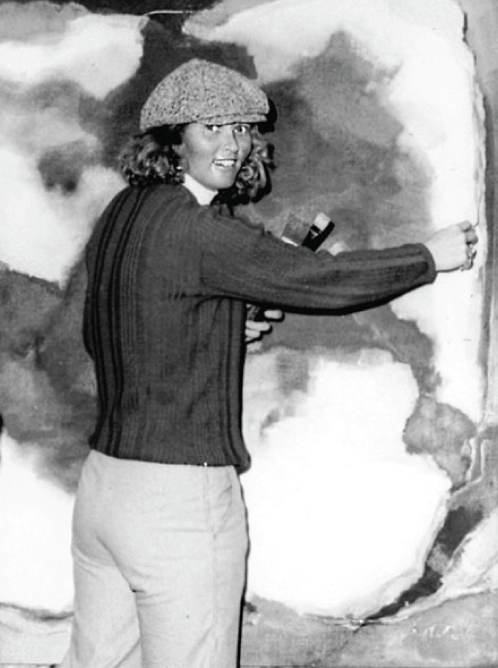BY MARY ROLLAND | The ongoing discussion around the Soho rezoning continues to come back to the frustrating quality-of-life issues that have arisen over the years, including at a city-sponsored meeting last week.
Those making the most noise against the rezoning seem to be missing the obvious: Our hodgepodge of special permits, residential amnesties, grandfather rules and more are the reason this neighborhood is so disjointed.
Right now, we have an exciting opportunity to address some very real concerns about rezoning Soho. We have the chance to allow for retail and open up this neighborhood beyond the outdated idea that it should be exclusively reserved for artists, by modifying the zoning to provide and include new affordable housing. While we need to be measured and careful in the way we approach this, the proposed rezoning is an opportunity to holistically plan for the future of Soho.
Beyond quality-of-life issues, people who are very vocally opposing the rezoning seem to focus on a Soho that doesn’t exist anymore. We constantly hear the disingenuous claim that retail would destroy the neighborhood, as though this is not a globally iconic shopping area already.
This refusal to accept reality aligns with the ongoing debate about artist protections. I am a certified artist — the very person that many who oppose rezoning say they’re trying to protect. I have lived in Soho for 40 years and loved watching this neighborhood change. But there are very few of us certified artists left.
Over the years, I’ve seen my artist friends start to leave for whatever reasons. While there are a few artists who can meet the antiquated application for artist certification, they are not willing or able to pay the cost of living to reside in Soho. The fact of the matter is, if I were to apply for certification today, I might not be approved to live here.
Instead, I believe if we want to preserve Soho, we must rezone within reason — to address the disjointed policies and permits that currently cause headaches, but also to save the stunning landmarked buildings at the heart of this debate. The only way to ensure that these buildings have the revenue to cover the high cost of their maintenance, which must go through the Landmarks Preservation Commission’s review process, is to legalize retail. The cost of these building’s upkeep is astronomical, and if we do not rezone for ground-floor retail to support this upkeep, these buildings will start to fall into disrepair, and residents will be hit with impossible assessments.
While the existing retail has been a lifesaver for co-ops to preserve their buildings, the special-permit process is really only available to large retailers and wealthy, established brands. The unpredictable process can take up to two years, and small mom-and-pop shops or entrepreneurs starting out can ill afford the cost and uncertainty. As we look to clean up the mess that Soho has gotten itself into, we must also ensure an equitable approach, which means removing costly barriers to access that only the privileged can afford.
We must not get caught up in the hubbub of what people say the residents of Soho want and instead center ourselves in the reality of our neighborhood. The rezoning’s opponents are simply making false claims that are decades outdated: They think we have some exclusionary right to dictate this community’s direction and want to keep it that way, or in fact turn back time. But we don’t own Soho.
It’s time for a new progressive era of Soho to begin. Let’s gracefully usher it in.
Mary Rolland is a certified artist, a former real estate broker registered with The Corcoran Group, specializing in Soho and other Manhattan neighborhoods, and a Soho resident since 1980.


Excellent article! SoHo should be for everyone. The manufacturing zoning here is antiquated and doesn’t meet the needs of residents or businesses. You want Landmarked buildings? Who’s paying for them? We need retail downstairs to help us pay the huge costs upstairs to keep these buildings preserved. SoHo is not Brigadoon; you cannot turn back the clock to the 1970’s or 80’s, when rents were cheap and SoHo was a deserted industrial wasteland. If the Mayor wants new high-rises on the periphery to pay for inclusionary housing, this seems like a reasonable compromise. We don’t have special zones for butchers, bakers and candlestick makers. Everyone should be welcome here.
Good piece. It articulates the issues well. Ms. Rolland could also have mentioned that the
biggest expense small property and co-ops face are the tremendous property taxes that have escalated over 120% during DeBozo’s horrid terms as Mayor. Small business and property owners have been bled dry. Maintenance is deferred and capital improvements are now impossible. Time for zoning change and tax relief.